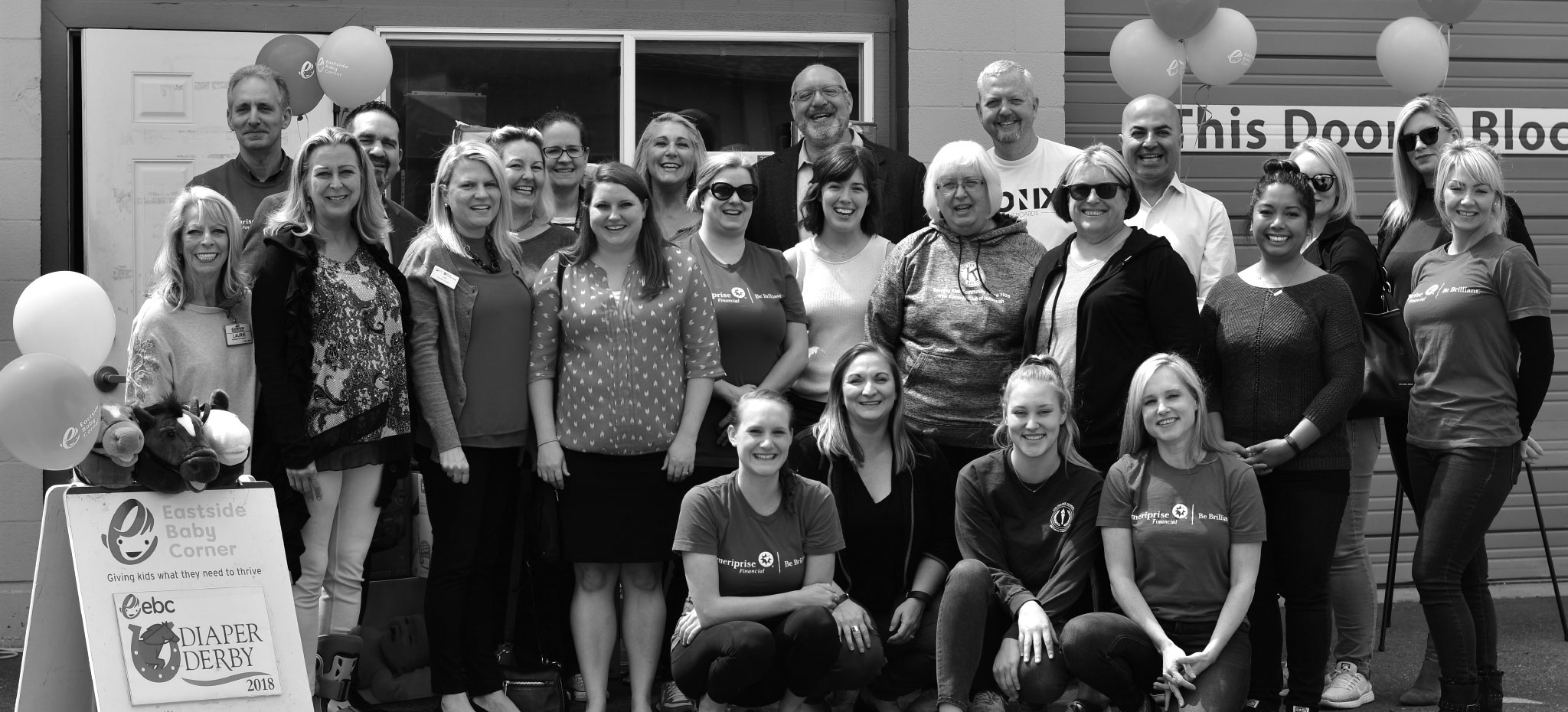
State Issues
Many factors impact the ability of parents and caregivers to provide diapers for babies. States can address these issues by enacting new legislation and policies. The following section outlines approaches that states have taken.
- Take a look at your state’s sales tax policy on diapers.
- Read about state programs providing direct assistance for diapers.
- See how states are funding and investing in diaper banks and diaper distribution programs.
- Review how TANF operates in your state compared to how it operates in other states.
- Learn how Medicaid policies on diapers differ from state to state for children whom diapers are part of medical treatment.
Diaper Tax
As of June 20, 2023, 28 states currently charge sales tax on diapers. This diaper tax can be as low as 4% or as high as 7% in Indiana, Mississippi, and Tennessee. In addition, many cities and counties impose an additional sales tax on diapers.
Children require at least 50 diaper changes per week or 200 diaper changes per month. By ending the sales tax, families can buy 2 additional diapers for every percentage point reduction in the sales tax for the same money they would have used to buy 200 diapers with tax. Learn more about the diaper tax.
Investments in Diaper Banks
States may decide to invest in diaper banks or other organizations by providing state funding to expand diaper distribution programs. This can be achieved in several ways:
- as a line item in the budget;
- through the action of a state agency; or
- By passing legislation specifying that the state will provide funding to the diaper bank.
Currently, 10 states invest in/ provide funding for diaper distribution programs.
- California– $30 million over 3 years to 8 diaper banks
- Colorado– $2 million for 2022-2024
- Connecticut*- $700,000 to the Diaper Bank of Connecticut
- Indiana* – $4 million in TANF funds
- Hawaii* – $100,000 for the Aloha Diaper Bank
- Michigan– $4.4 million in TANF Revenue
- Minnesota – $1.098 million for 2023-2025
- New York – $500,000 for 2023-2024
- Vermont– $132,000 in COVID-19 Emergency Funds
- Washington– $5 million over 2 years
The following states previously funded diaper banks, but funding has expired or run out. Advocates in these states are actively working to renew funding to address diaper need in their respective states.
- Arizona* – $200,000 (2022-2023)
- Georgia* – $1.227 million in TANF funds (2021-2022)
- Nevada* – $327,000 in ARPA and TANF funds (2021-2022)
- Vermont – $132,000 in COVID-19 Emergency Funds (2022)
*States that do not include state funding in a budget or legislation are not linked.
Direct Assistance to Families
States can make diapers more affordable and available to families in need by providing direct assistance. This may come in the form of a voucher for diapers, an additional allowance for families as part of a work support program, or distributing diapers directly, through a diaper bank or other diaper distribution program. Such efforts are generally very targeted, in part because of limited state budgets. Currently California, New York, and Washington provide direct assistance to families.
TANF Family Caps
The Temporary Assistance for Needy Families (TANF) program is designed to help low-income families with children achieve economic self-sufficiency. States receive block grants to design and operate programs that accomplish one of the four broad purposes of the TANF program. To see how your state measures up, click here to access the interactive map.
Diapers and Medicaid
State Medicaid programs are required to provide diapers for children for whom diapers are part of medical treatment. But states vary widely as to the minimum age of the child for whom they provide diapers and the documentation required to establish need.
In 2023, Tennessee became the first state to cover diapers through Medicaid. Tennessee is unique as its Medicaid program is a waiver called TennCare. Implementation has yet to begin and the ability to enact similar legislation in other states is unknown at this time.
See how each state fares on the NDBN Medicaid Tracking Chart.
Top Photo Credit: EastSide Baby Corner, Issaquah.
